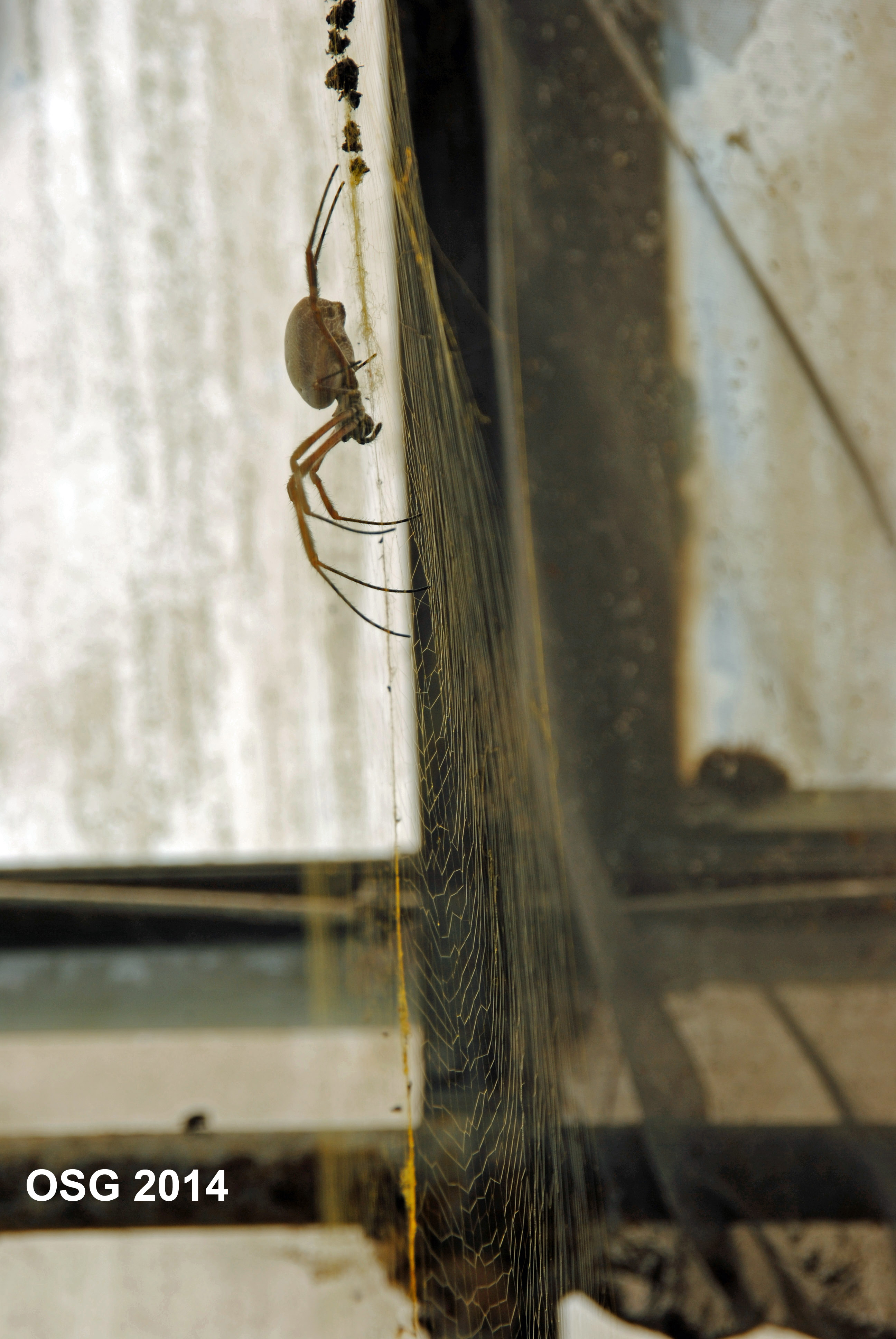Whilst renowned for exceptional mechanical properties, [ 1 ] little is known about the sonic properties of silk. This is surprising given its widespread use by the spider for remote sensing and communication, as well as current industrial research efforts in the production of multifunctional materials. [ 2,3 ] To address this gap in our knowledge and provide further bioinspiration, this paper presents a systematic study confirming the physical basis of spider silk’s sonic properties through a unique combination of laser vibrometry and high-rate ballistic impact. We report that modification of silk’s modulus allows the spider to finely control the sonic properties: achieved either actively by spider spinning behavior or passively in response to the environment. Interpreting our results in the context of whole webs, we propose silk fi bers are “tuned” to a resonant frequency that can be accessed through spider “plucking” behavior, which enables them to locate both prey and structural damage. Through comparison to cocoon silk and other industrial fibers, we find that spider dragline silk has the largest wavespeed range of any known material, making it an ideal model for fabrication of adjustable, green multifunctional materials.

